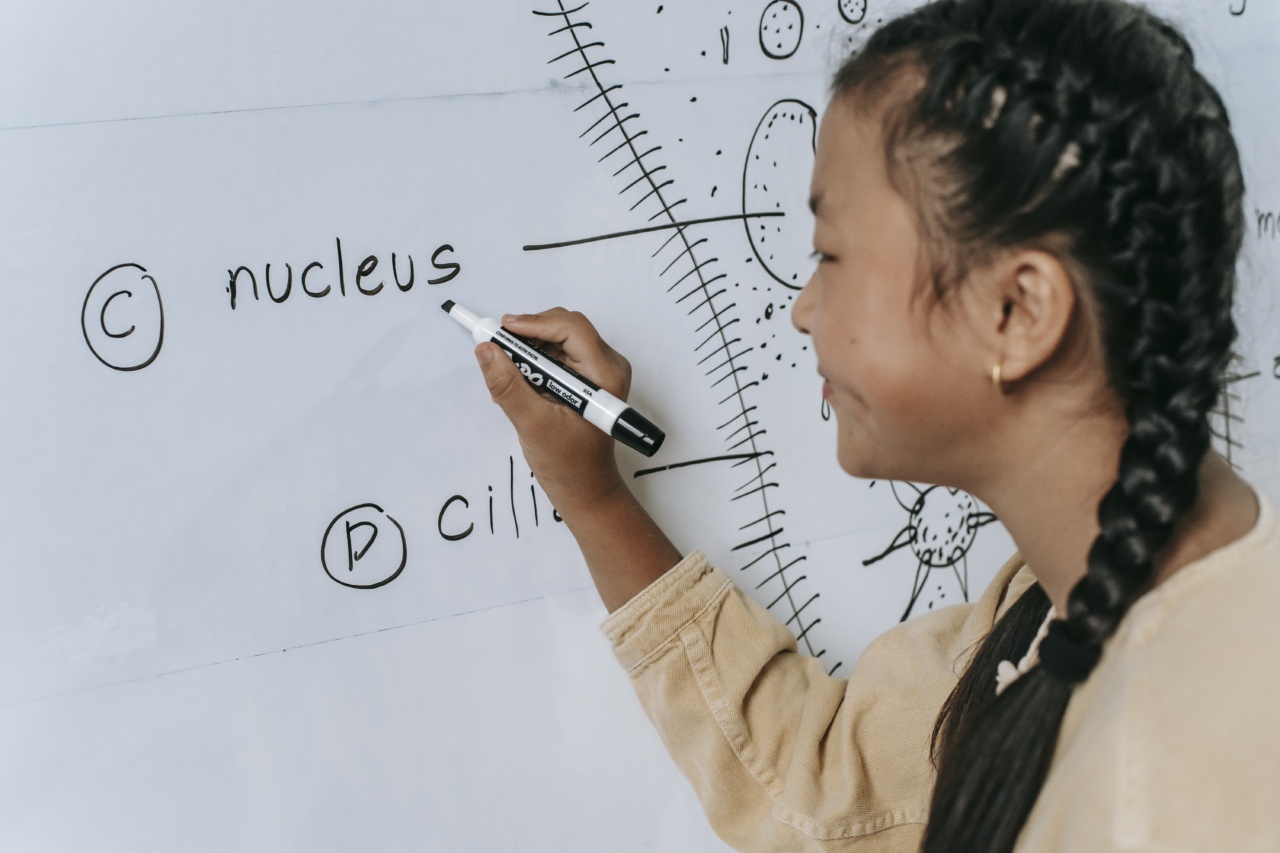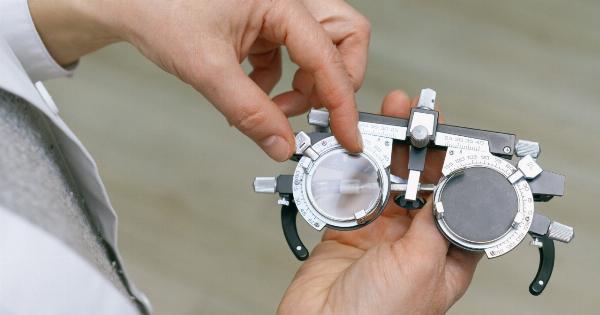A new study has found that around one in ten patients undergoing general anesthesia (GA) experience an “awake” event during their surgery, which is referred to as anesthesia awareness.
This condition can cause patients to feel pain or discomfort during surgery while being paralyzed and unable to communicate with medical staff.
What is Anesthesia Awareness?
Anesthesia awareness is a rare but potentially traumatic occurrence in surgery where the patient is conscious and can feel pain during a procedure.
While the anesthesia medication keeps them from moving or communicating, they may still be able to hear and smell what is going on around them. This can lead to long-term psychological trauma, such as depression, anxiety, and post-traumatic stress disorder.
There are several reasons why a patient may experience anesthesia awareness, including errors in administering medication, equipment failure, or miscommunication between medical staff.
Additionally, some patients may be more prone to awareness if they have pre-existing conditions such as obesity, sleep apnea, or are taking certain medications.
The Study Findings
The study, conducted by researchers at the University of California San Francisco, aimed to determine the incidence of anesthesia awareness in patients undergoing general anesthesia.
The team analyzed data from over 3 million surgeries performed across 280 hospitals, including patients of all ages and surgical specialties.
The findings revealed that 1 in 10,000 patients experienced anesthesia awareness during surgery, while 1 in 100 patients experienced some level of awareness while under general anesthesia.
This means that while rare, awareness events are more common than previously believed.
Additionally, patients who experienced awareness were more likely to be female, younger, and undergo emergency surgery.
Patients who had a higher risk of awareness also had a higher chance of having adverse outcomes, such as postoperative cognitive dysfunction or prolonged hospital stays.
Preventing Anesthesia Awareness
While anesthesia awareness is a rare event, there are steps that can be taken to reduce the risk of its occurrence. One critical factor is proper communication between the patient and medical staff.
Patients should be informed of the risks of anesthesia and encouraged to communicate any concerns they may have before their procedure.
Additionally, medical staff should be trained in proper techniques for administering anesthesia and monitoring patients during surgery.
This may include the use of specialized monitors or equipment to detect changes in a patient’s vitals or brain activity, enabling medical staff to detect signs of awareness early and take corrective action.
The study also highlights the importance of ongoing education and training for medical staff to ensure that they are up-to-date with the latest protocols and techniques for administering anesthesia safely.
Treating Anesthesia Awareness
In cases where anesthesia awareness does occur, medical staff must take swift action to alleviate pain and discomfort for the patient.
This may include increasing the dosage of anesthesia medication or administering additional pain medication to help ensure that the patient is comfortable.
Psychological support is also important for patients who experience awareness, as it can contribute to long-term psychological trauma. This may include counseling, cognitive-behavioral therapy, or other forms of mental health treatment.
The Bottom Line
Anesthesia awareness is a rare event but can have significant long-term consequences for patients.
The study’s findings highlight the importance of ongoing education and training for medical staff to prevent the incidence of awareness and ensure that patients are as comfortable as possible during surgery.
The results also underscore the critical role of communication between patients and medical staff in preventing awareness and addressing any concerns that may arise.
By working together, patients and medical staff can help ensure that the risks associated with general anesthesia are minimized as much as possible.






























